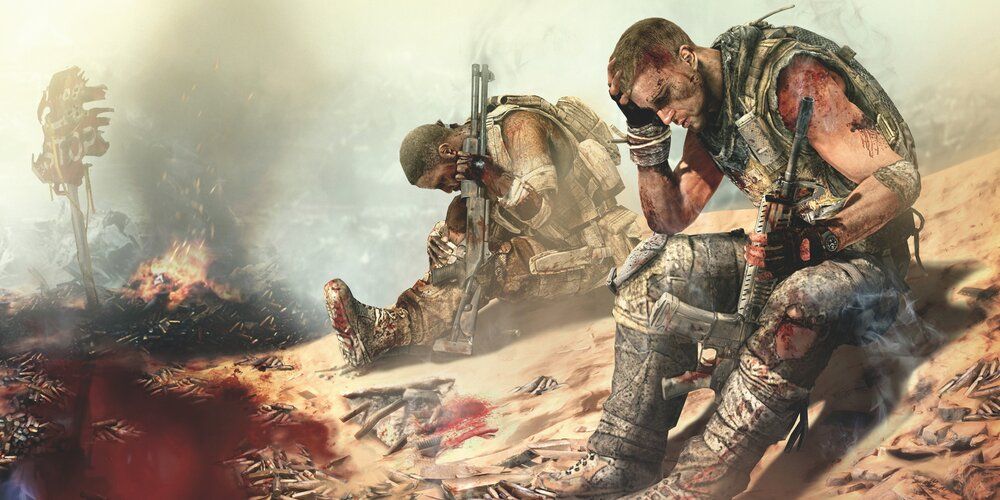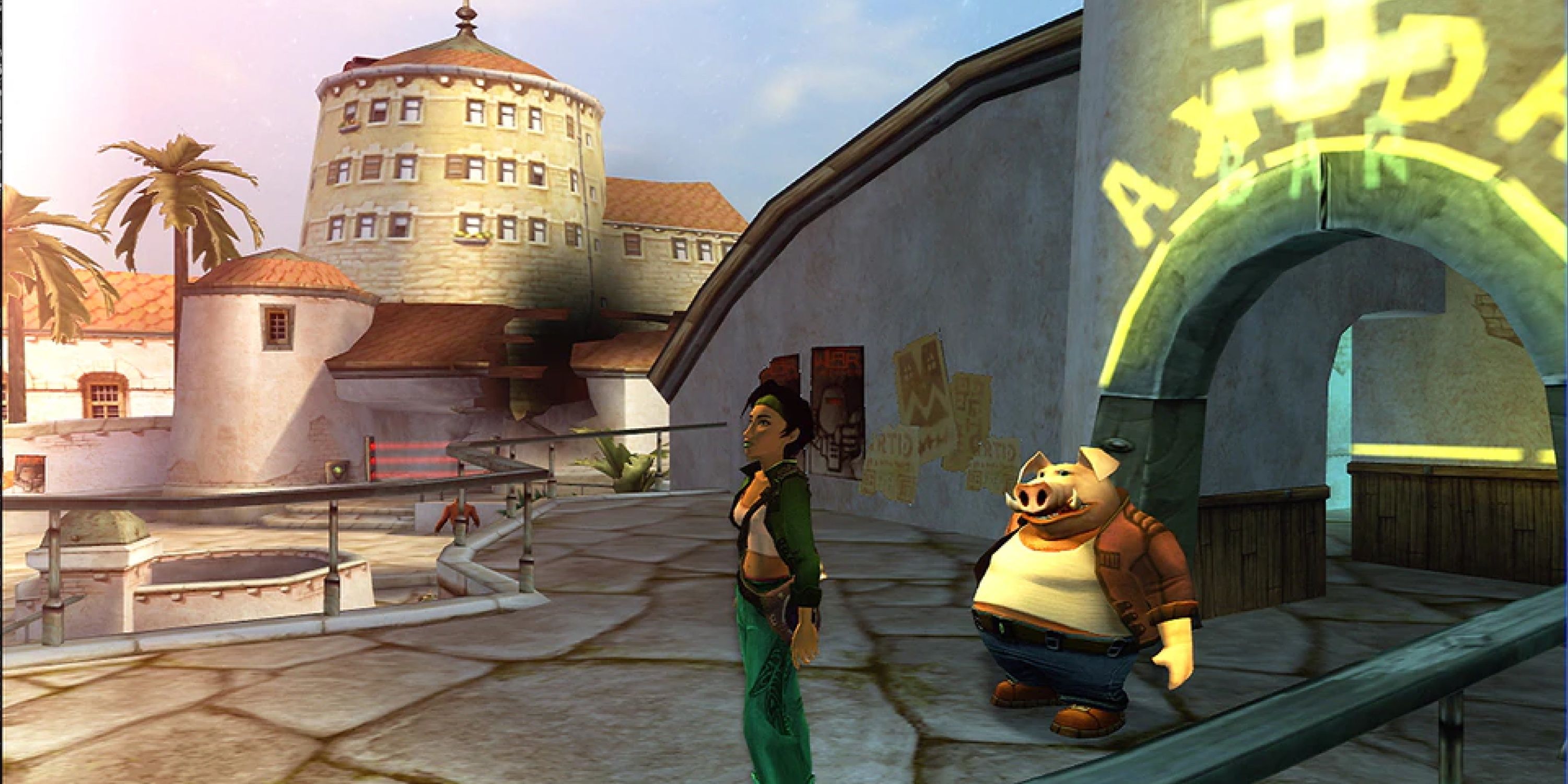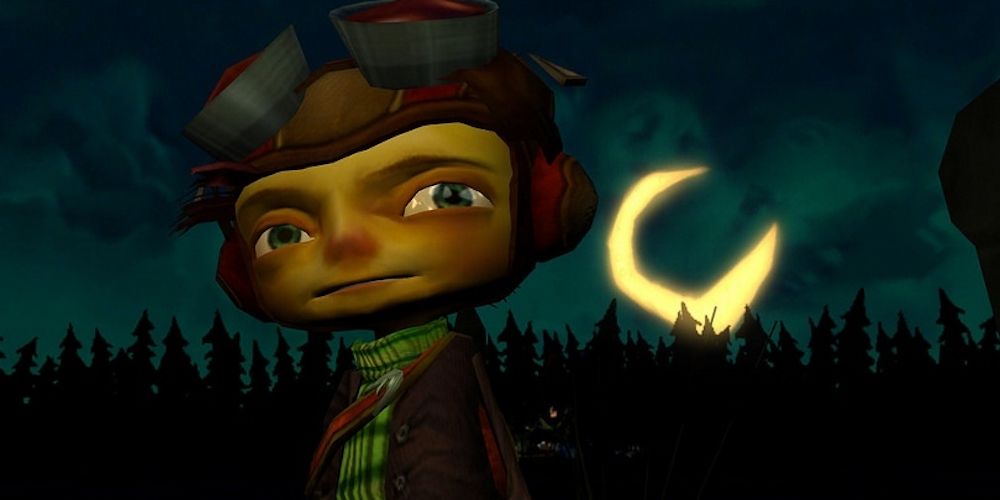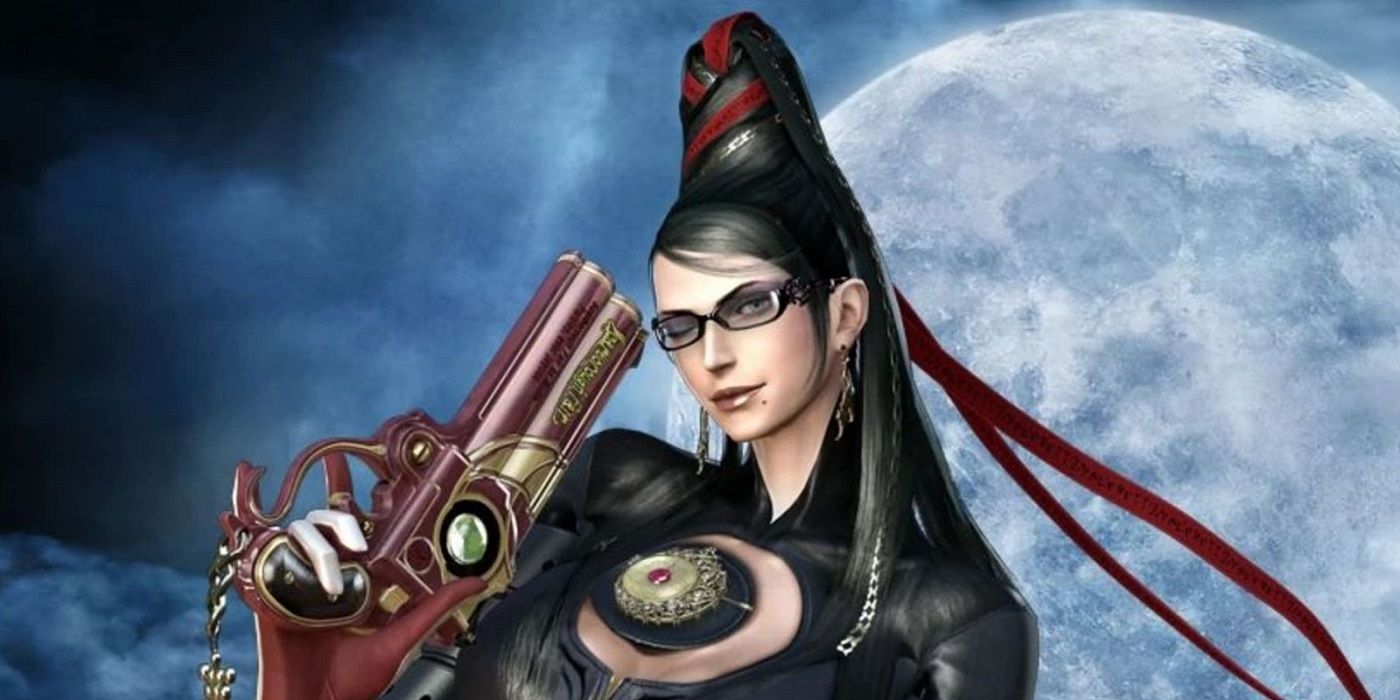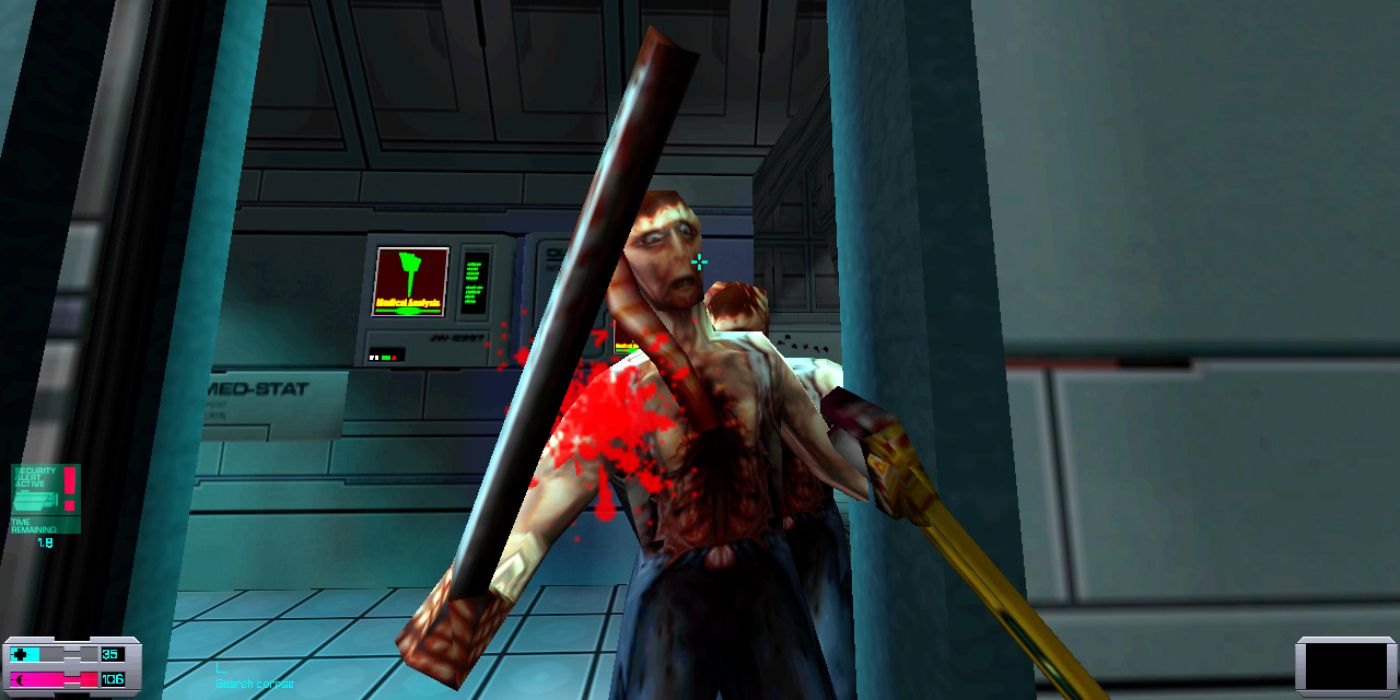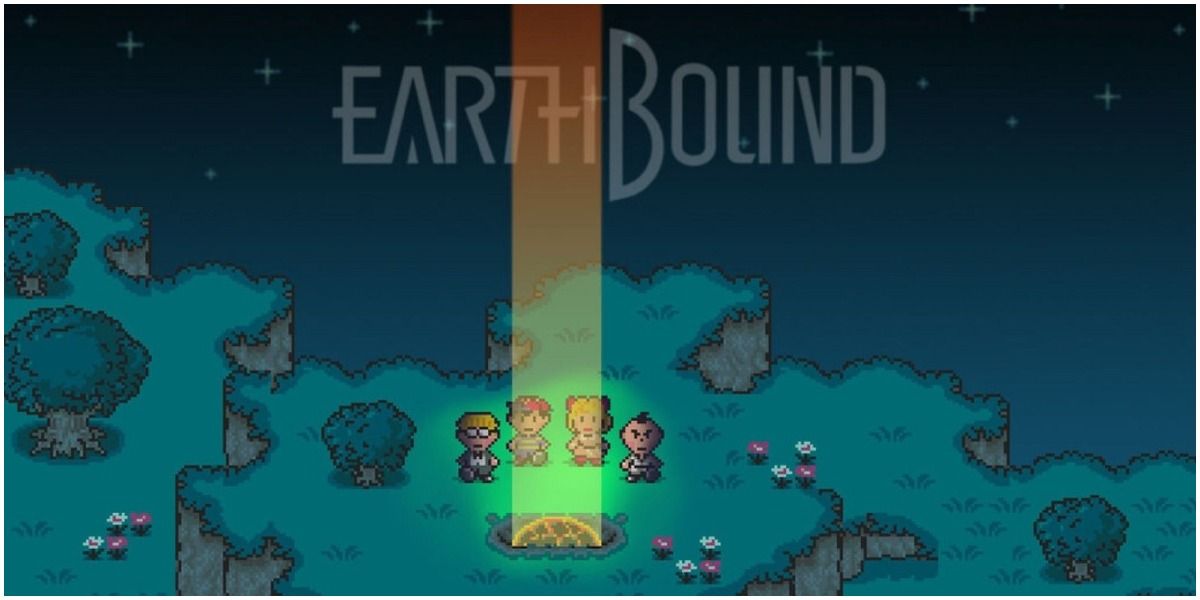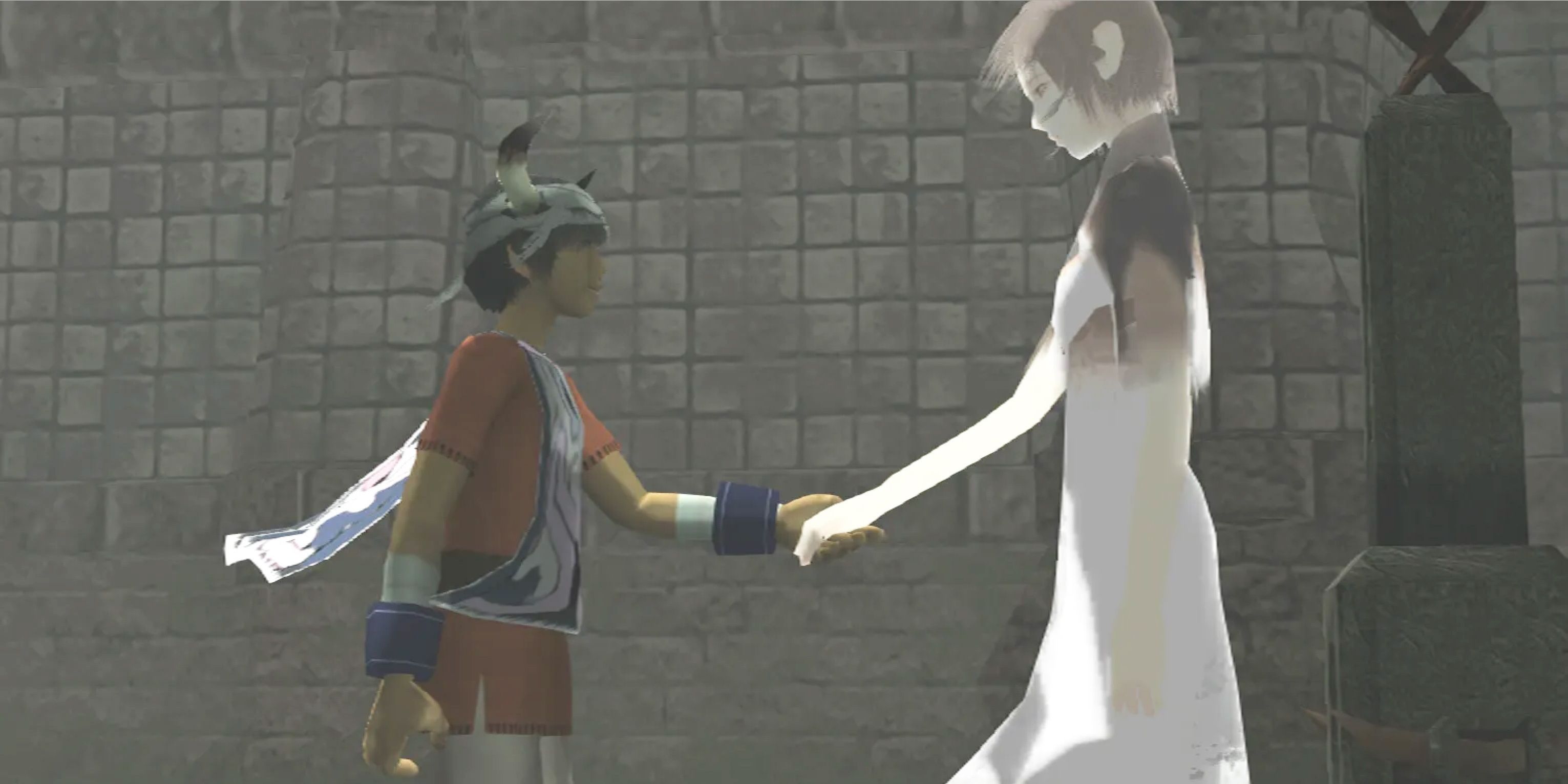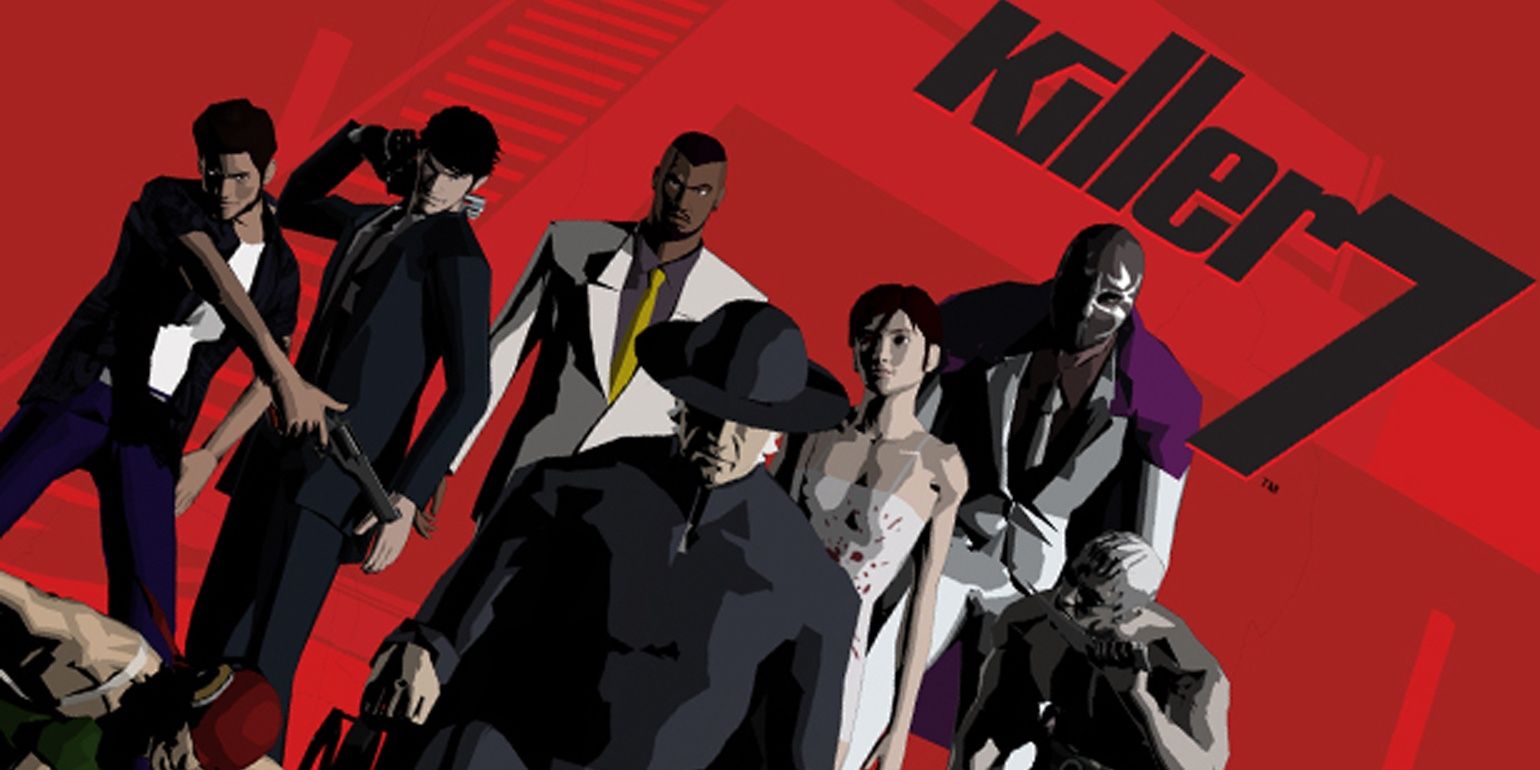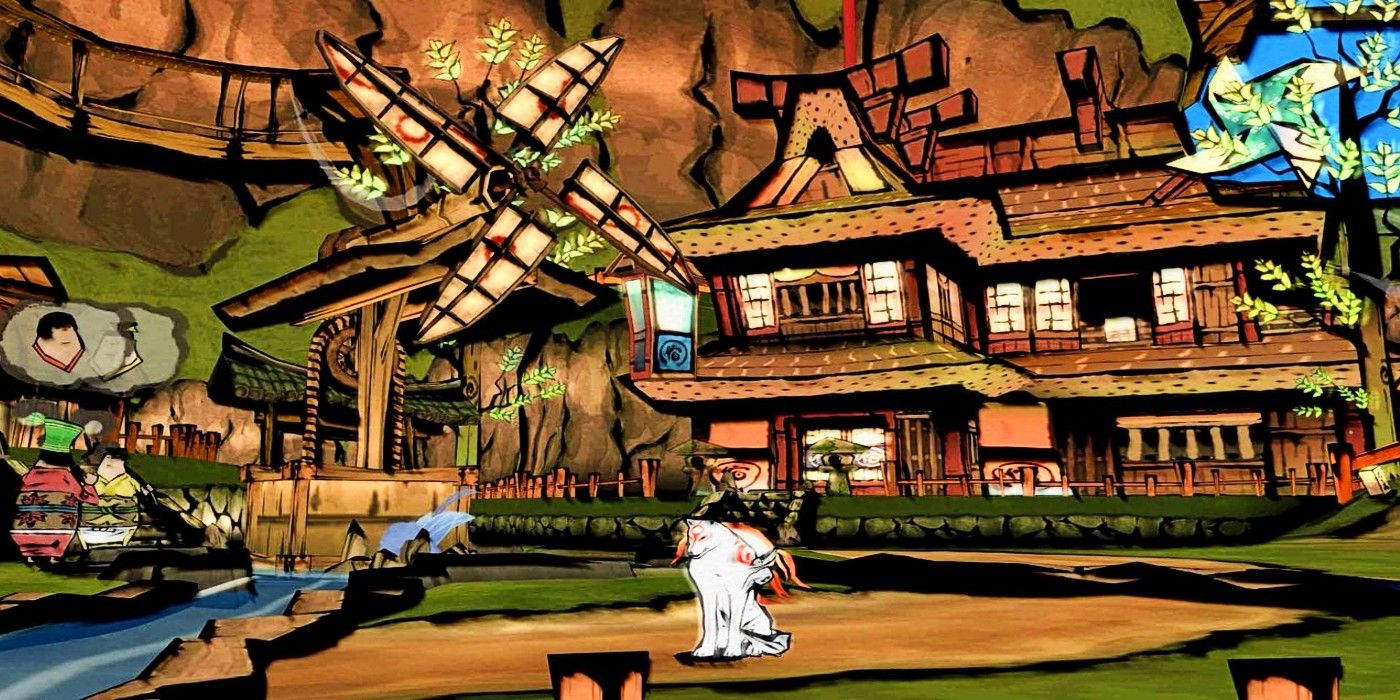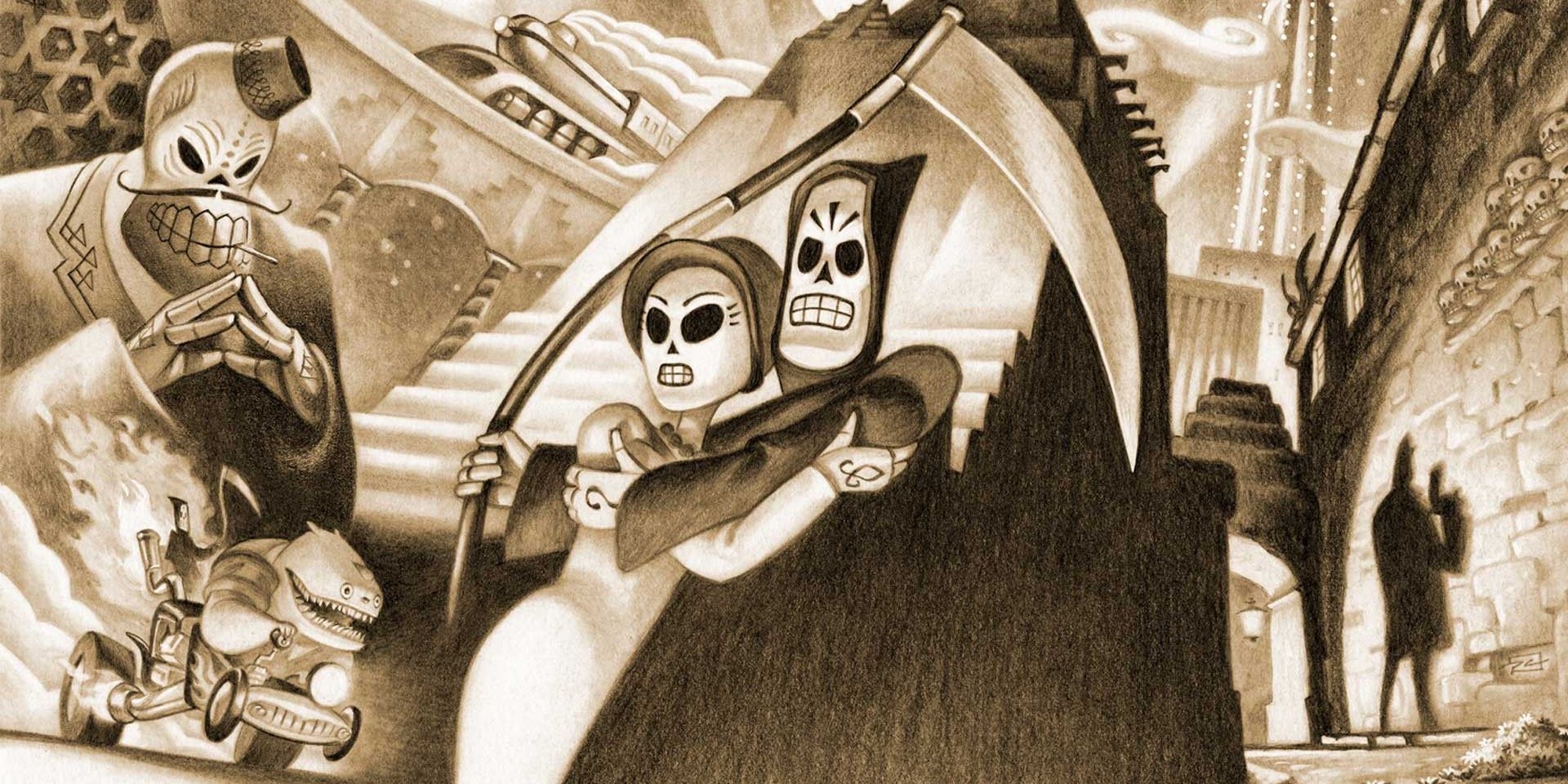Life’s just not fair most of the time – even in the gaming industry. So many great titles fail to move units because they lack the marketing budget or because they were released at the wrong time. However, one should never underestimate the power of word of mouth.
Numerous titles serve as a reminder that sales should never be a metric to measure a game’s quality. Even if a game fails to move units, it can still find a second life through a cult following. Several titles eventually received the acclaim they deserve throughout the years, even when their initial releases proved dismal.
10 Spec Ops The Line Is Still More Powerful Than Modern Military Shooters
Yager Development was given few restrictions when handed the keys to the long-running Spec Ops series. The only mandate by publisher 2K was that the title be military focused. The studio sought inspiration from Joseph Conrad’s novel Heart of Darkness.
The resulting title, Spec Ops The Line, deviated heavily from the multitudes of military shooters released around the same time, offering a genuinely dark and harrowing social commentary on war and the relationship between a player’s actions and their avatar. Unfortunately, it didn’t match the sales of its considerably shallower contemporaries, resulting in the Spec Ops series becoming discharged.
9 Beyond Good & Evil Was Overshadowed By Other Action Titles
Taking many cues from character exploration titles such as The Legend of Zelda series and incorporating his trademark style, Michel Ancel’s Beyond Good & Evil was criminally overlooked during its initial 2003 release. The competition was steep during that year, with many other action-adventure titles such as Sony’s Jak 2 and Ratchet & Clank: Going Commando.
However, in contrast to those action platformers, Ubisoft’s title put less emphasis on combat and more on gathering evidence and solving puzzles. Despite its sales, the game found a considerable following, including acclaimed filmmaker Peter Jackson. Its sequel has faced a protracted, decades-long development.
8 Psychonauts Eventually Got The Sequel It Deserved
The debut title from Tim Schafer’s studio Double Fine, Psychonauts was a wonderfully madcap adventure through the minds of eccentrics and oddballs. Development of the title hit a snag when their original publisher, Microsoft, got cold feet and withdrew their support.
Fortunately, Majesco was desperate for a hit and took a chance on Schafer’s baby. Upon release, the game became famous as a critical darling and commercial flop, leading publisher Majesco to leave big-budget gaming altogether. However, digital outlets gave this unique title a second life, paving the way for its crowdfunded sequel.
7 Bayonetta Bewitched The Hack & Slash Genre
Years after the first Devil May Cry, Hideki Kamiya returned to the genre he helped kickstart with the 2009 hack and slash title Bayonetta. While the game boasted the same flash, precise controls, and level of challenge as Dante’s debut, Platinum’s effort made some smart additions to the formula, such as the witch-time mechanic that rewarded players who dodged enemy attacks at the last second.
Unfortunately, sales were well below Sega’s expectations, which led the publisher to withdraw support for the sequel. Thankfully, Nintendo stepped in to acquire the game as an exclusive.
6 System Shock 2 Was A Much-Needed Jolt
The follow-up to Warren Spector’s RPG and FPS significantly upgraded the formula. Players essentially had the freedom to allocate their points to whatever skills they preferred. Those who didn’t care for the vulgarity of firearms could instead dedicate their cyber modules to psychic abilities or even hacking.
However, players still had to be careful, as the game’s relentless difficulty punished them if they neglected to spend enough points on a particular attribute. As a result, despite the game’s acclaim, it didn’t manage to move units. However, it gained a huge fanbase and served as the blueprint for Ken Levine’s considerably more successful spiritual successor – Bioshock.
5 Earthbound Still Proves To Be Peculiar And Kind
Shigesato Itoi’s Mother series has never had that much luck in the West. The first game was intended to be localized to the states on the NES as Earthbound and even had some modifications made from the original Japanese Famicom version. But unfortunately, Nintendo of America canceled it to focus their attention on the Super Nintendo.
However, they released the sequel to the SNES in Western territories as Earthbound. Sadly, the game received mixed reviews from critics and dismal sales. However, as the years passed, more gamers discovered the title’s irreverent humor and heartwarming narrative, paving the way for spiritual successors such as Undertale.
4 Ico Was Largely Overshadowed By GTA
Fumito Ueda’s PlayStation 2 debut was a bold artistic achievement representing a leap forward in the medium. The attention to detail in the animation was utterly unparalleled in the marketplace, and helped pave the way for more cinematic efforts such as the Uncharted series.
Its step-platforming mechanics, minimalist story, and somber atmosphere all combined to create a powerful experience that opened up the possibilities of the industry. Unfortunately, everyone was busy playing GTA III. However, word of mouth spread over the game’s quality, and Ueda’s Shadow of Colossus made more players aware of Ico’s legacy.
3 Gamers Didn’t Quite Know What To Make Of Killer7
Suda 51’s Killer7 was a title that truly flouted convention and defied classification. Mechanically, it incorporated elements of graphic adventure titles, rail shooters, and survival horror games to create an eclectic gaming experience. Its narrative also treads the unbeaten path, with a cast of oddball characters, idiosyncratic dialogue, and unforgettable scenes depicting comically over-the-top violence.
During its initial 2005 release, critics essentially didn’t know what to make of it, with some applauding the title for its ambition and novelty and others deriding it as gratuitous and disjointed. Yet, despite its poor sales, Suda 51 became one of the most celebrated auteurs in the gaming industry.
2 Okami Has Become As Immortal As Its Eponymous Goddess
Hideki Kamiya’s final title at Capcom was a massive departure from the high-octane action titles such as Devil May Cry and Viewtiful Joe. Instead, Okami was a majestic and visually stunning action-adventure title reminiscent of Nintendo’s Legend of Zelda series. Players took control of the eponymous sun goddess and harnessed the power of the brush to dispatch their foes.
The sumi painting look stood out from other titles and still holds up today. However, in 2006, everyone was focused on HD gaming, leaving Clover Studio’s work of art on the shelves. Fortunately, the game’s legacy lived on through a chibi spinoff and an HD re-release.
1 Grim Fandango gave Players The Time Of Their Afterlife
Tim Schafer’s final title before departing LucasArts and forming his own studio, Grim Fandango, was a funny and heartfelt graphic adventure released when no one wanted to touch the genre. It thrust players into an unforgettable world that blended an Aztec afterlife with film noir.
Despite its cinematic influences, the characters and narrative stand on their own with genuinely funny dialogue and an intriguing journey that spans four years. Unfortunately, despite winning many Game of the Year awards, it was unfairly shunned by consumers in 1998. Fortunately, Manny Calavera rose again with a remaster courtesy of Disney Interactive, Sony, and Double Fine Studios.

